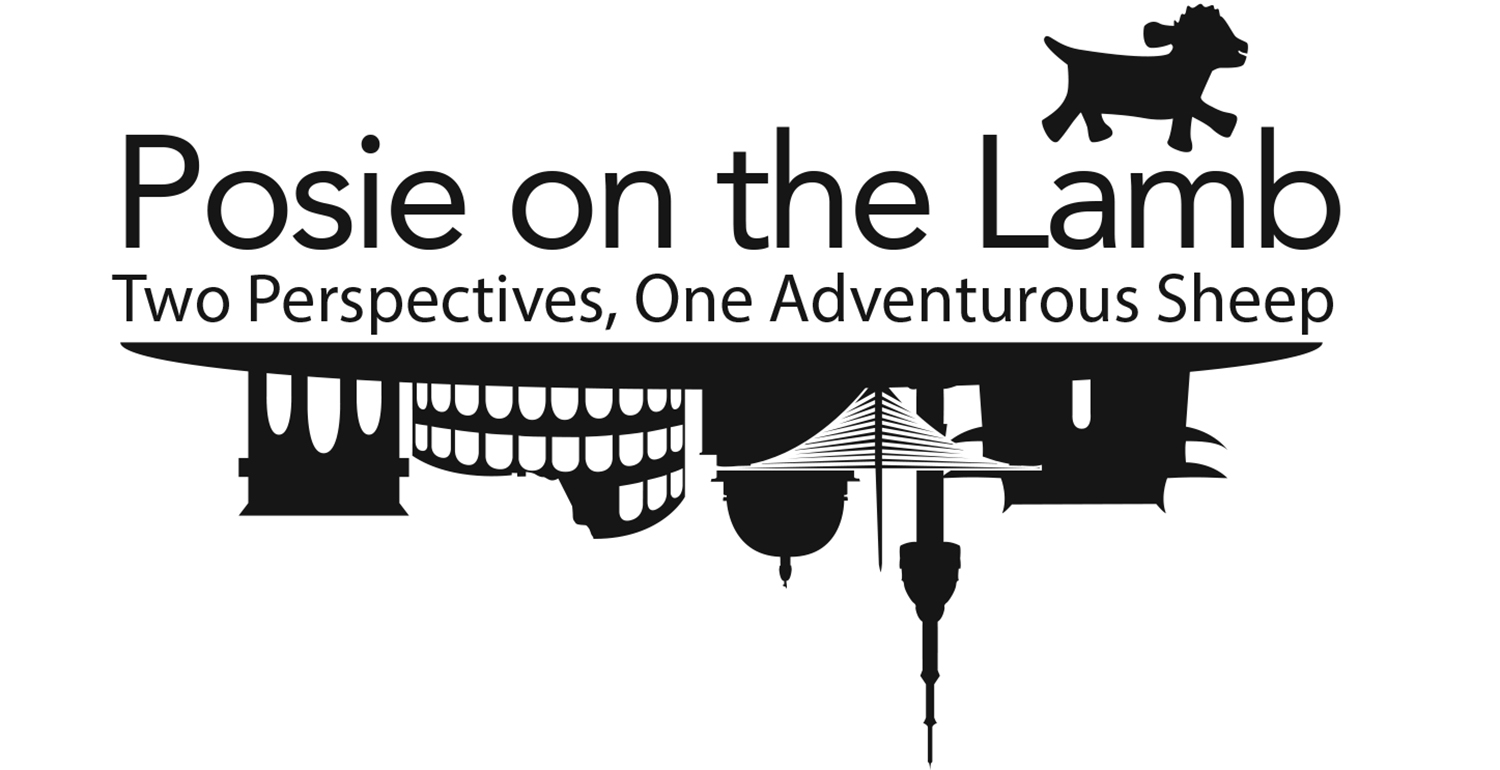Herculaneum

On November 23rd in 79 AD, Mount Vesuvius erupted. Stone and ash roared sixteen kilometers high, brushing the stratosphere. Wind pushed the violent outgassing toward Pompeii and cities south. It took days for the impossible pillar of fire to come crashing back to earth. When it did, pyroclastic rock buried anything left standing. Including a tiny town on the Italian coast named Herculaneum. While ash and debris spent hours hammering Pompeii to rubble, Herculaneum's death was much more sudden. Wind patterns pushed the initial blast away from the city. Citizens had time to evacuate. Of the four thousand inhabitants, only three hundred remained when superheated rock slammed through at 160 kilometers an hour. In seconds, cooling stone buried Herculaneum 20 meters deep. And as such things go, the city was soon forgotten.
Today, it is like an insect frozen in amber. The houses and roads are surprisingly unchanged. Even some of the original wood and textiles survived. Volcanic rock preserved the city's history from the passage of time. Herculaneum doesn't have Pompeii's fame, but the fact that it's mostly intact makes it a startling window into the past.
Erin and I visited on a drizzly afternoon. A curving walkway descended into the open air excavation, ending where the arched boathouses met the ancient seashore back in 79 AD.
Things have shifted a bit since then - the coast is almost five hundred meters distant. And the boathouses are now sixty feet below the surrounding modern city of Ercolano. But the open air excavation gives an impressive glimpse of history.
Just walking the streets is fascinating. Elevated balconies let me imagine what it must have been like to spend an evening sitting, drinking something cool, and listening to the passing bustle of a Roman town. Bathhouses still show their original tile work. Wealthy villas sprawl beside more modest dormitories. Still legible signs advertise the array of wines at the local inn. And a nearby fast food shop shows the marbled countertops where vendors stored and prepared meals.
Herculaneum is haunting. Everything feels a little too fresh. And it's hard to believe I'm exploring a ruin that's two-thousand years old. Even frescoes reveal colors that are amazingly vivid.
Everything has an evocative name: the House of the Deers, the House of the Black Room, the House of the Genius, the House of the Skeleton. Each is a miniature story of what was found there. The House of the Deers features statues of woodland creatures, while the House of the Skeleton hid someone's unfortunate remains on an upper floor. We wander deeper into the excavation, poking into nooks and crannies, down narrow alleys and broad thoroughfares.
At the very end of our visit, we wind our way down to the boathouses that we'd last seen from above. Here, the sad, twisted skeletons of Herculaneum's three hundred dead lay partially entombed in rock. Almost everyone took shelter in the heavy boathouses. But the pyroclastic flow left the air a scalding 250 degrees Celsius. Nothing survived. It's a somber note to finish on, as we cross the narrow bridge and climb a tunnel of volcanic rock.
When we emerge, it feels like we've travelled through time. A modern coffee bar sits near the entrance, next to a gift shop. Patrons wait out the light drizzle, sipping espressos and staring at the ruins. In the distance, Vesuvius towers over everything.
Staring at the coffee bar's customers, I remember Herculaneum's balconies, its fast food joints, its wine shops. Aside from the togas, life wouldn't have looked much different. I try to imagine what it would be like to hear that enormous, impossible thunder, to feel the ground shake even as a pillar of stone and ash spreads across the sky, blots out the sun. One second, sipping my coffee, the next staring at the end of the world.
It's a haunted, skin-shivering moment, as we head back to Ercolano, and the train that will take us to the modern world.
-Sam
If you would like to visit Herculaneum, there is a regular train from Rome to Garibaldi Station in Naples. From there, you can catch the Circumvesuviana running on a loop out to Herculaneum and Pompeii. The Herculaneum site is smaller, but significantly more intact and I recommend it. Round trip train fares are about 2 euro per person, with departures every thirty minutes or so. The Circumvesuviana is underground, separate from the metro lines. But there are plenty of signs to lead the way. You can find the Naples metro website here, though be warned - it's all in Italian.






